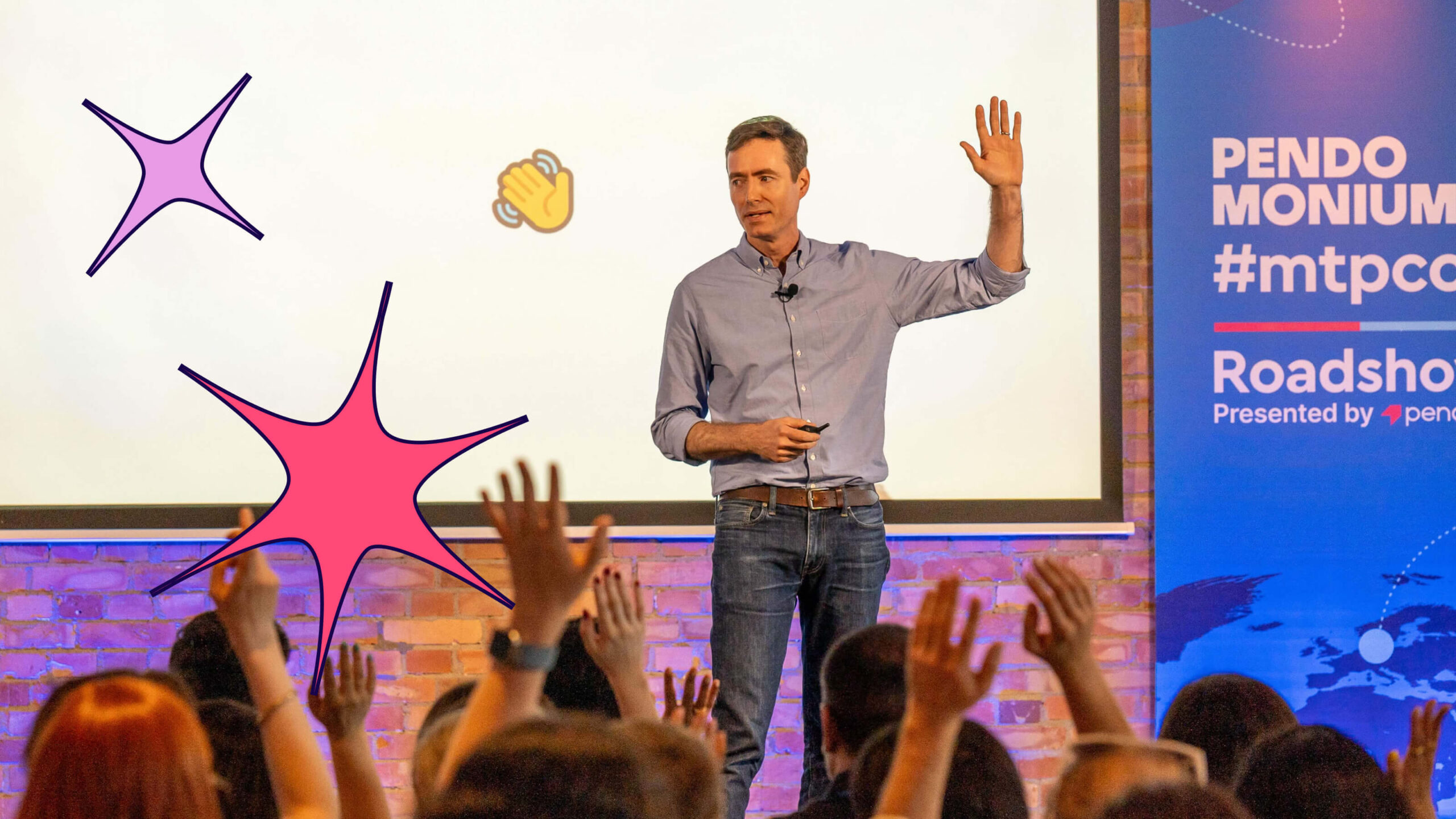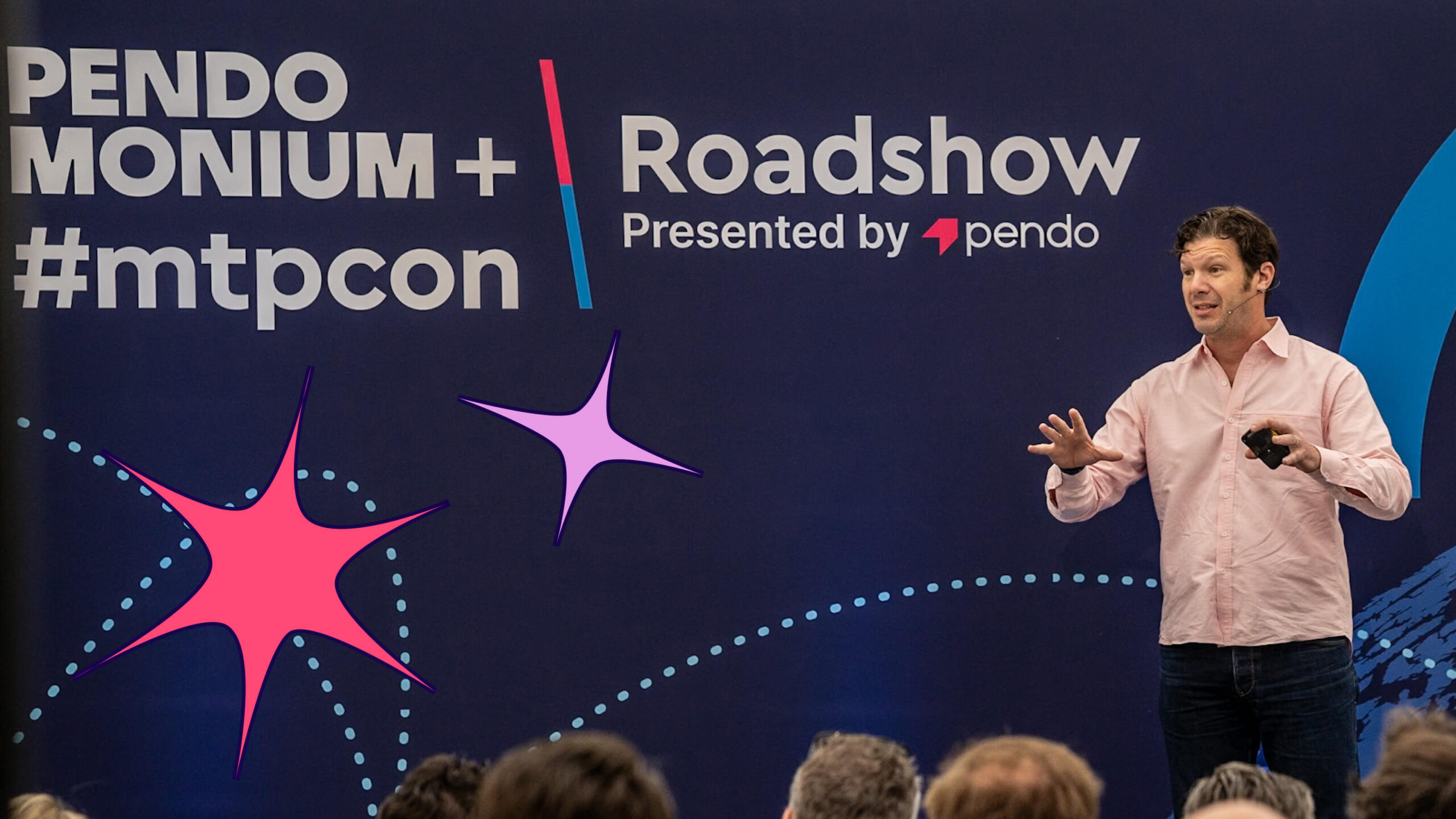Lately, reflecting on my experiences in product management at startups, I’ve come to the conclusion that marketing is very rarely given its due. An afterthought.
I remember when I was traveling for business – my first time doing that and going to New York City. I was 22 or 23. My boss told me to rush order business cards so I could have them to give to clients while I was there.
“How do I get them?”
“Ask marketing.”
We, as product managers, often miss the point of things. It’s like saying branding is only about a name and logo — and some mysterious department “handles” it.
Creating products in 2018 demands so much more. And marketing is infinitely more complex and vital to the health and success of a business than handling business cards. So how do we harness a marketing mindset to create superior products?
Setting the Stage: It’s All About Value
When it comes down to it, creating and delivering value is what it’s all about. Too often we either forget that, or, don’t understand value runs throughout everything we put in front of our audience.
If you’re charged with owning / running / leading a product and you haven’t given significant thought to how it fulfills a validated customer need, I would almost guarantee that it will fail. Perhaps not tomorrow, or next week, but unless that calculus changes, any success achieved is sure to be temporary.
The market doesn’t care how badly you want market share or crave making them happy. You need to prove it with everything you do and put it into action at every stage of the funnel.
When it comes to converting, you need to consider how you’ve built a relationship with your audience first before you start asking for anything. That’s value. Give them something they can use – without asking for an email or their cash.
Doing this successfully demands you know your audience, know where they are, and how to talk to them.
Let’s take an example of ads: If you’re trying to establish a new brand in the market, imagine a scenario where you advertise something highly relevant and useful to your audience — an insight, a nugget, a piece of information they can deploy usefully in their own lives.
Isn’t that a much better, more empathetic way to start building that relationship vs saying “buy now! Only $9.99!”?
Growth Demands Customer Empathy
Understanding the mechanics of growth and marketing is uniquely suited to PMs as it demands a high degree of empathy. Only once you understand where they are coming from can you truly reach them.
To truly connect value delivery to customers you must first have a crystal-clear sense about who they are. This develops over time. It should be each marketers priority to measure customer interactions per week, just as I’d look to PMs to do.
Buy Me, Buy Me, Buy Me!
In 2018 the game has changed drastically. No longer can we sit there and pummel someone with ads in the newspaper and TV and expect them to buy.
It’s easy to assume, because Facebook and Instagram are cheap, that we can fire up the ad machine, create some copy on a stock photo and wait for sales to roll in.
People are smarter than that – and today, you’re not only asking someone for money, you’re asking them for an even more precious resource: their time. You will find yourself competing for their attention with established brands and other innovators also trying to start up.
The playing field is level, sure, but consumers know an ad when they see one and are very savvy, quick to criticize something that looks cliche or not self-aware enough or just plain not good enough.
Your work needs to be good. Just because you can buy $100 in Facebook ads and get it in front of a few thousand people doesn’t mean it’s going to work.
So the approach of “buy me, buy me, buy me” is outdated. How about weaving in a combination of content, customer appreciation, events, traditional PR placements, and activation —- ultimately, a more comprehensive experience.
Tell them something they don’t know. Offer them something for free. Without expectation. Do it because you genuinely want to help.
We’re here to play the long game, not make a quick buck. At the end of the day, can you sell more product by weaving it in and out of a broader offering that is actually making people’s lives better?
Building is Overrated
Too often, PMs fall far back on the motion of building. Backlogs, stories, sprint planning, it all feels so comfortable.
The challenge is, it’s so splintered: scrum masters, product owners, tech leads, agile coaches — how much longer will PMs be the ones this falls to? Because so many folks in tech are great and capable at building, I am curious how much longer PMs will play a central role in that process.
Not only that, but we overbuild. We think that if we could only get two, three or four more features we’d be on our way to insane growth! Not so.
Features are what you build on to a core solution to a problem. They add incremental value – the stage has already been set though. It’s like building a house: Foundation first, then floor by floor, room by room.
Don’t mistake people not converting for not having enough features.
Turn the Pyramid Into a Box
Let’s stop thinking about product development as a triangle with UX, dev, and product, and more like a box with marketing included and an equal part of the square People need to be made aware of great products once they’re built – this needs to happen day in and out.
If everyone involved in the delivery considers how the intended audience is going to connect with it, we can get started on it early and take ideas into account during continuous delivery — marketing isn’t a stage to pass through, it’s integral.
Brands Are Not Too Expensive
We must bypass the notion that building brand position costs a lot; this may be true technically, but once value creation is a part of the conversation, you’re not chasing bad money with more bad money.Over time the amount of dollars you put in may add up to millions, but what you get back is going to far outweigh it.
Core social platforms today (Facebook, Twitter, Instagram, etc) are underpriced. Really. I’ve been running content to start building a Facebook community recently — I’ve reached 22,000 unique people for less than $200. And they are engaging with what I’m posting 9.2% of the time.
Think about that. What would it cost to reach a million? five million? If I can prove the audience converts, I can just do this all day.
When radio, TV, newspaper, and billboards ruled the day it cost a lot, I get that. But that’s no longer the case. Now I’m not saying it’s all useless – just that the game has changed.
What costs a lot is attempting to hit a 20 million target on Facebook with crappy ads and a poor product. That’s because your brand is bad, not because it’s expensive to do it.
Attention is the Currency, Not Features
As PMs, we know that features are a way to deliver additional value and/or delight, but they don’t create attention in and of themselves. If we adopt a marketing mindset, we’ll be able to extend our thinking to asses how our products acquire and build relevance. It’s not through more features, but by getting genuine interest and attention.
I invite you to figure out how to not only reach your audience and customers but to really connect with them. Give them things that make their lives better without demanding they also pay attention to you. Establish a relationship of trust and then you have the right to say “I have this, it can help you too, please check it out.”


